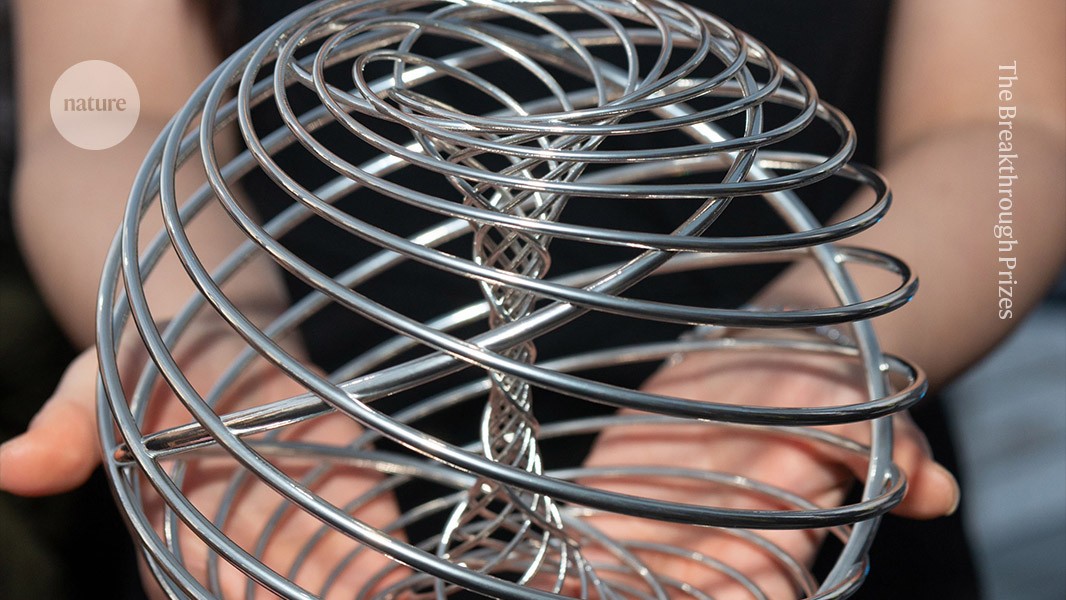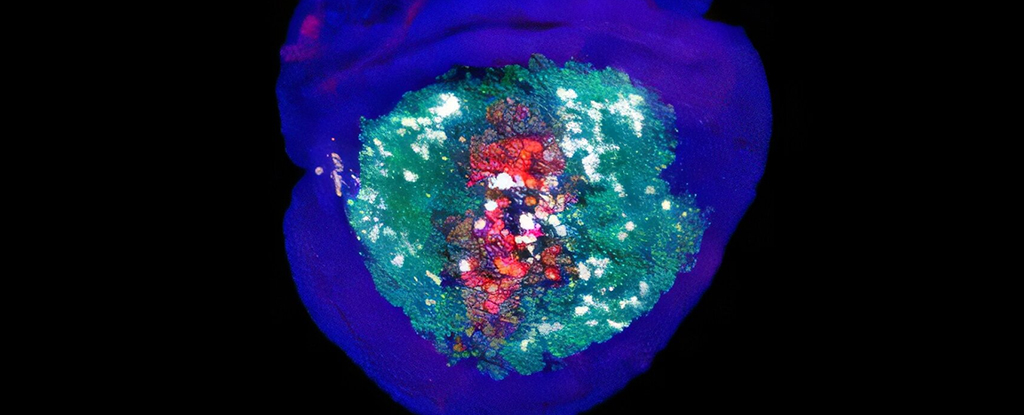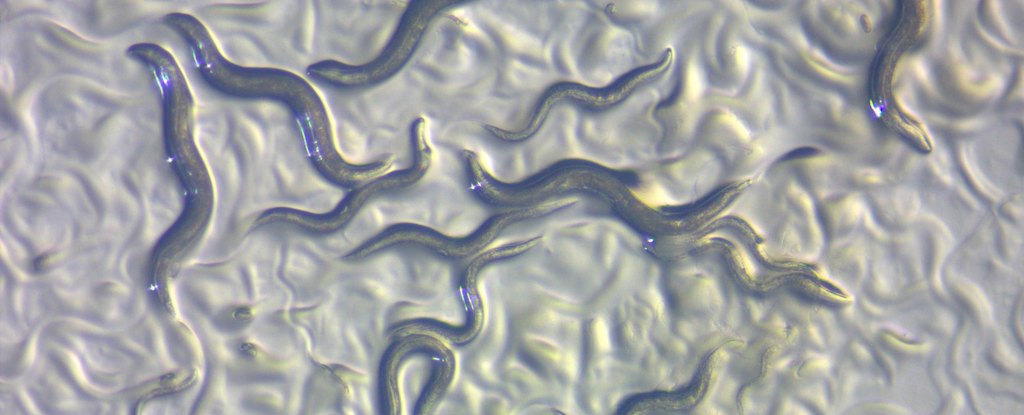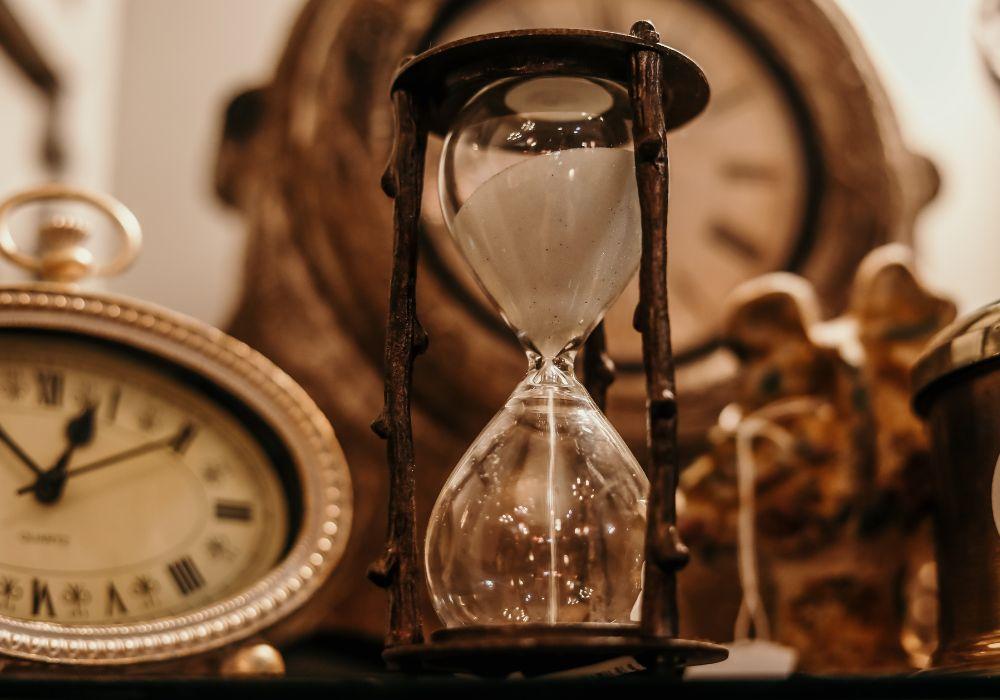From acid house to ancient rites: Jeremy Deller’s enormous, collaborative, unsellable art
As his most ambitious project comes together, the artist plans to unleash a bacchanalian festival that will be his most daring public artwork yetOn a frosty bright-blue day in February 2024, Jeremy Deller was in Dundee, examining severed heads. “How can anyone not be fascinated by a head?” he said. Deller is an elfin figure, 5ft 5 on a good day, a low-key, unintimidating presence. The only giveaway to his identity as an artist was his slightly dandyish clothing: a KLF T-shirt, a checked neckerchief, lemon-yellow socks and a purple Missoni sweater, which he hurriedly explained, lest he come across as too fancy, he had bought on sale. When he won the Turner prize in 2004 he looked like a dapper schoolboy. Twenty years on, the only indication he was nearing 60 was the way he kept alternating a pair of reading glasses with his sunglasses, toggling them between nose and forehead.Deller, carrying himself more like a journalist than most people’s idea of an artist, was questioning Dr Tobias Houlton, a forensic anthropologist from the University of Dundee, about the art and science of building 3D or digital impressions of a face from skeletal remains. On a trip to the university the previous summer, Deller had been fascinated by a re-creation of the head of Charles Edward Stuart, the “Young Pretender” who claimed the British throne in 1745. Continue reading...

As his most ambitious project comes together, the artist plans to unleash a bacchanalian festival that will be his most daring public artwork yet
On a frosty bright-blue day in February 2024, Jeremy Deller was in Dundee, examining severed heads. “How can anyone not be fascinated by a head?” he said. Deller is an elfin figure, 5ft 5 on a good day, a low-key, unintimidating presence. The only giveaway to his identity as an artist was his slightly dandyish clothing: a KLF T-shirt, a checked neckerchief, lemon-yellow socks and a purple Missoni sweater, which he hurriedly explained, lest he come across as too fancy, he had bought on sale. When he won the Turner prize in 2004 he looked like a dapper schoolboy. Twenty years on, the only indication he was nearing 60 was the way he kept alternating a pair of reading glasses with his sunglasses, toggling them between nose and forehead.
Deller, carrying himself more like a journalist than most people’s idea of an artist, was questioning Dr Tobias Houlton, a forensic anthropologist from the University of Dundee, about the art and science of building 3D or digital impressions of a face from skeletal remains. On a trip to the university the previous summer, Deller had been fascinated by a re-creation of the head of Charles Edward Stuart, the “Young Pretender” who claimed the British throne in 1745. Continue reading...
















































































